When you live in a place of resort — as is Terrigal, a wonderful spot on the Central Coast of New South Wales, Australia — you have to choose your holiday spots carefully. Something different is demanded, not just sunshine, extraordinary beaches and a scintillating coastline. This year, Portugal and a bottle of Mateus Rosé beckoned, and I deemed it sufficiently different to give in to the idea of a river cruise.
I am rather familiar with Portugal, after holidays in 2016, 2018 and 2019. But all were self-driving trips which my wife and I planned and booked ourselves. We stayed in small hotels. We drove the back roads at our pace, and there were opportunities galore to take photos of the country and the locals. For me, photography is a real passion and photo opportunities are a key ingredient of a good holiday.
We thoroughly enjoyed those trips, and it goes without saying that we adored Portugal.
Fate intervenes
Another visit had been planned for 2020. Again, we were going to self drive at our pace. Then Covid-19 intervened and we had to abandon our plans. For my wife, tragically, the trip of September 2019 was her last as she died of cancer in April 2021.
A lot has changed in my life in the years since that last visit. I am six years older now, with a new partner, and my perspective on travel has changed.
Previously, I’ve never had any issues jumping straight into a rental car at the airport after the long flight and driving on “the wrong side of the road”. It was something I had done for over 50 years without incident. Now, after a six-year break, I was not confident that I could do it safely.
So I had come to terms with the real possibility that I had visited Portugal for the last time. However, fate intervened. Without prompting, partner Ros asked, why don’t we do a river cruise on the Douro? My immediate reaction — unvoiced, of course —was shock and horror. A shipload of 100 old fogies disembarking every day at a new location and trudging around tourist sites behind a guide in a red blazer holding up a large red lollipop. No way, José.
A dose of pragmatism
But then a more pragmatic and reasoned view prevailed. I realised that I had to accept reality, so I set aside my prejudices and took a good look at the suggested river cruise. It started and finished in Porto, and we could add on days in Lisbon and Barcelona at the start and the end. That clinched it, and it turned out to be, somewhat to my great surprise, very enjoyable.
Of course, this time there were no back roads. No friendly locals sitting taking the sun in quiet villages. Over the years, many of my best photos have been taken in the morning golden hour, as I am happy to jump out of bed at six and walk the quiet streets looking for photo opportunities. You cannot do that on a ship, even on a river cruise.
I did find some quiet backstreets. One street in Barcelona — the woman walking the dog below —was just a few blocks from the massive crowds of tourists thronging the Basilica i Temple Expiatori de la Sagrada Família, Gaudi’s unfinished cathedral masterpiece.
I also managed to photograph some locals. A proud proprietor leaning outside his café in a small village and the amusing juxtaposition spotted in Porto.
Which camera?
Before leaving Australia, I hadn’t been sure which camera to take (the perennial dilemma, which most readers will be familiar with). Fellow Macfilos contributor and Central Coast local, Wayne Gerlach, was urging me to take my old faithful Leica X1 because it was small, light and, despite its advanced age, capable of producing great photos. At one point he even suggested that I should not take a camera at all and should rely on my iPhone. Heresy!
Much as the X1 sentimental favourite was tempting, I am in the fortunate position of having a few Leicas in my cupboard. Mother Hubbard of Terrigal? Look no further.
The Leica Sofort and my 87-year-old Leica IIIa were obvious non-starters. The SL2 outfit was most definitely ruled out on weight and size grounds, but the Q2 and Q3 43 were contenders. And another entrant, the X Vario which had served me well on obvious trips to Portugal, hove into view from left stage.
Q joins me
I’m a Leica Q fan, having owned a Q, a Q2 and now a Q3 43. I’ve taken many of my favourite photos with them, but any Q is very marginal as a travel camera. For me, they are now just a little too heavy and a little too big for my comfort, as I realised on my trip to a very hot Istanbul last year. If you disagree, you are probably younger than me and travel only to cool countries.
However, in the end I decided that as I’d only recently invested in the Q3 43, it really had to be my choice despite reservations about its heft. It did occur to me that I might find myself wanting a wider lens, and there were a few situations where I missed the wider 28mm lens of the Q2, but overall, I was pleased with my decision.
The tighter angle of view of the APO-Summicron 43mm f/2 ASPH lens has demanded some mental adjustment, but I truly appreciate the 60-megapixel sensor, which allows me to crop aggressively. And there is no doubt that the lens is exceptional. In my opinion, it’s even better than the costly and heavy APO-Summicron f/2 50mm-SL ASPH which use on my SL2.
I have heard rumours that two Japanese designers were responsible for the Q3 43 lens, and it is manufactured by Panasonic. Plaudits to all. Leica, of course, would never comment on such scurrilous gossip.
But enough gear talk-back to the Douro and photos.
Douro adventure
The Douro is beautiful. A deep valley through an ancient landscape with vineyards lining the very steep slopes on both sides of the valley for most of its length in Portugal. The grapes go into making the region’s most renowned product, Port, plus red, rosé and white wines.
Mateus Rosé
And talking of rosé, do you remember Mateus Rosé wine?
If you were a teenager through the Sixties and into the Seventies in the UK, Australia, US and probably many other countries, Mateus Rosé will hold a special place in your heart. It was the default wine for many of us.
Mateus was reasonably priced, and it came in a distinctive flagon-shaped bottle which, when empty, made an ideal candleholder. With the addition of a socket and shade, it also made for a really sophisticated table lamp. Even the cascading wax flowing from the socket added a certain indefinable quality. We’ve progressed a lot since then and our taste has widened, both figuratively and literally. Or have they?
It may well have been my refined taste in selecting a bottle of Mateus Rosé which impressed my girlfriend — who later became my wife — on our first date at the local Chinese in Reading, England, way back in 1966.
I confess to surprise in finding that Mateus Rosé is still being produced and sold worldwide, including here in Australia, where it is marketed at the bargain price of just A$12. The distinctive dark flagon-shaped bottle has morphed into another, but still interesting, shape and the label featuring the Mateus Palace has gone. Shame, but remind me to buy a shade and socket when I get back to Terrigal.
The Casa Mateus and just one sip
The reason for my sudden interest in this link to my long distant youth is that, along with probably every other tourist who cruises the Douro, we visited Casa de Mateus. The palace still looks just as it did on that vintage wine label back in the Sixties. The gardens are very attractive. The interior, complete with musty old palace smells, is pretty ho-hum, although our visit was enlivened by a very droll commentary from the young guide.
At the end of the mercifully short tour, we were able to sample the local drop. How does it taste after all these years? Well, let’s just say that we both took a couple of sips and put our glasses back on the table without saying a word to each other. Our taste buds had been tinkling through rosé tinted spectacles, if you’ll excuse the mixed metaphor.
As I headed back to the tourist coach, I dodged into a field and took a photo of the Mateus vineyard landscape, complete with a line of barely visible wind turbines on the crest of the distant hills.
Barcelona welcome
After cruising the Douro, it was on to Spain and Barcelona – a city I had not previously visited.
The highlight for us, and I’m sure most visitors to the city, was the trip to the still uncompleted Basilica de la Sagrada Família. A quite amazing piece of architecture with a really fascinating story. If you are not familiar with it, have a look at Wikipedia.
The smartphones were shooting away all round me, but I realised that no photo of mine at ground level could ever do justice to the exterior of the Basilica. My single effort is below, along with a photo of a model showing what the completed building will look like.
However, I did manage a distant shot from a viewpoint overlooking the city, which gives a sense of the size of the Basilica.
With 1500 visitors going through the interior of the Basilica every hour, it is a very busy space, but only one word can describe the interior, and that’s “breathtaking”.
In addition to being very enjoyable, the trip provided 30 worthwhile photos. Not as many as previous trips to Portugal, but I’m delighted with that number and I know that if I missed something Rosie has it on her phone.
More on Portugal and the author
| Not Peter Rabbit —a drive through Portugal | At the crossroads of life: A tale of four photos |
| Leica Q and my Photo of the Year | View all articles by John Shingleton |
Visit John Shingleton’s blog, The Rolling Road
All images by ©John Shingleton and must not be downloaded or reproduced without express permission
Make a donation to help with our running costs
Did you know that Macfilos is run by five photography enthusiasts based in the UK, USA and Europe? We cover all the substantial costs of running the site, and we do not carry advertising because it spoils readers’ enjoyment. Every amount, however small, will be appreciated, and we will write to acknowledge your generosity.

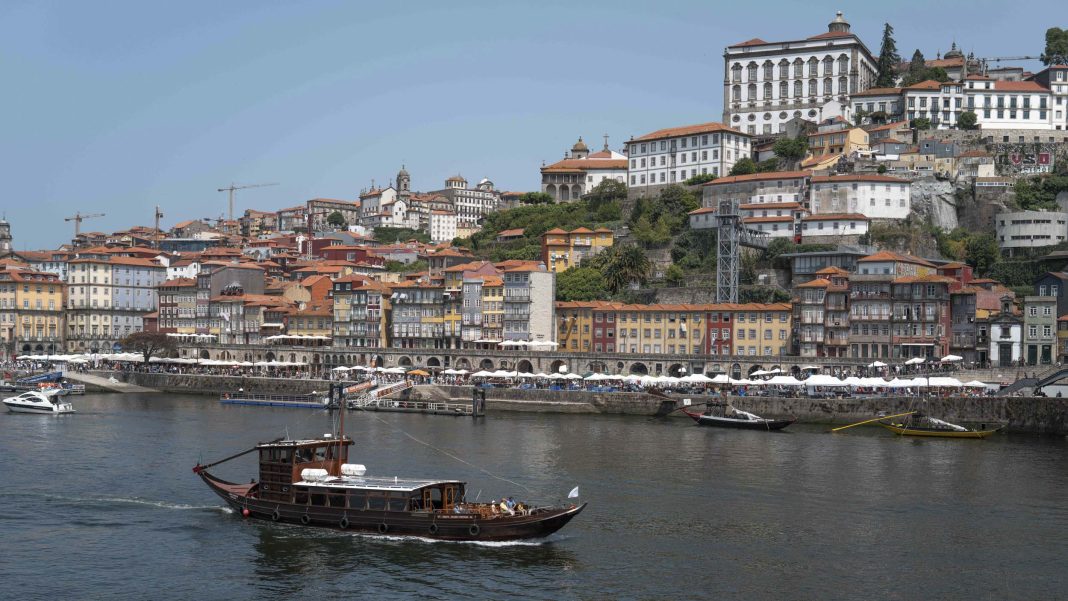
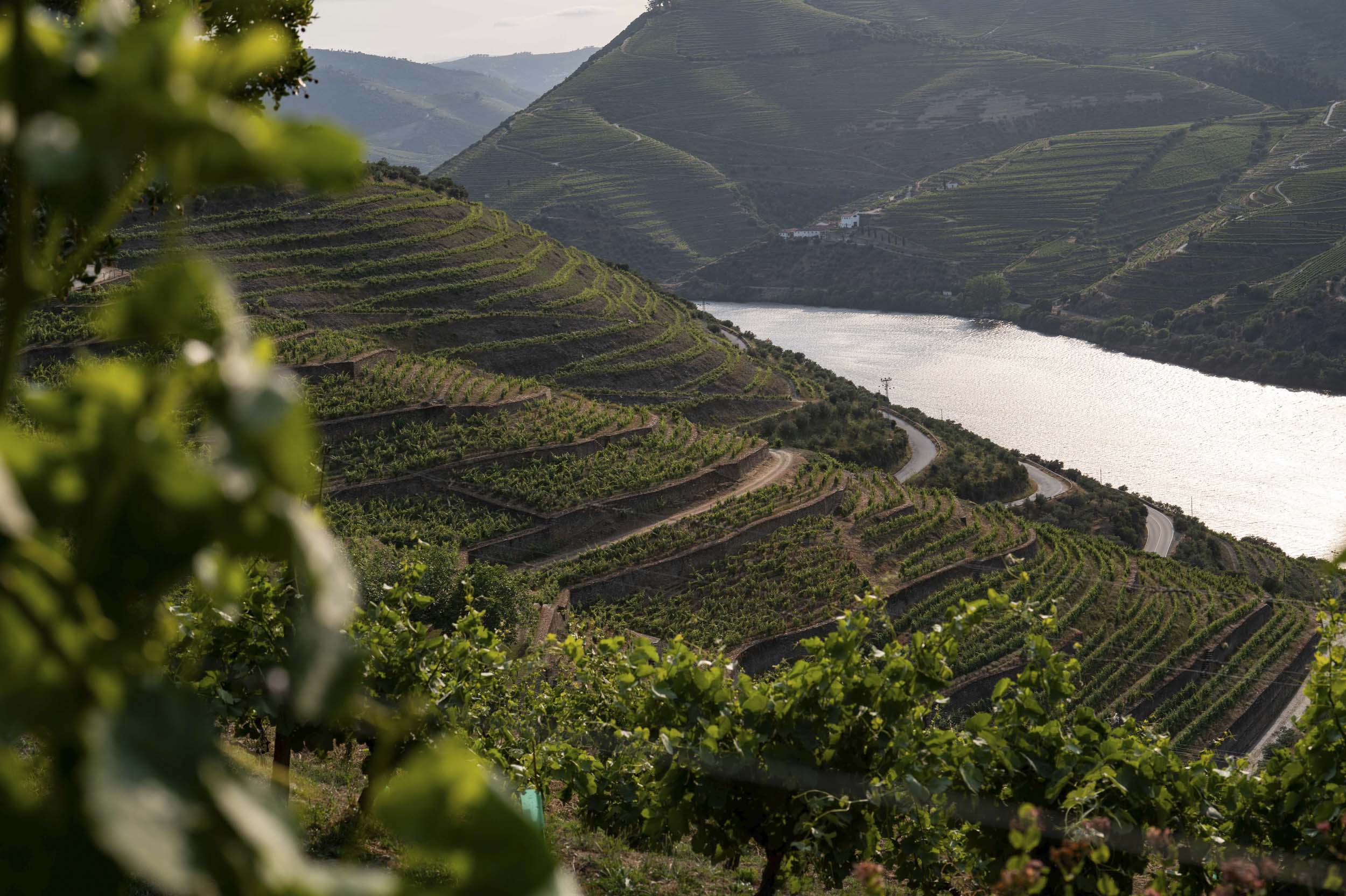
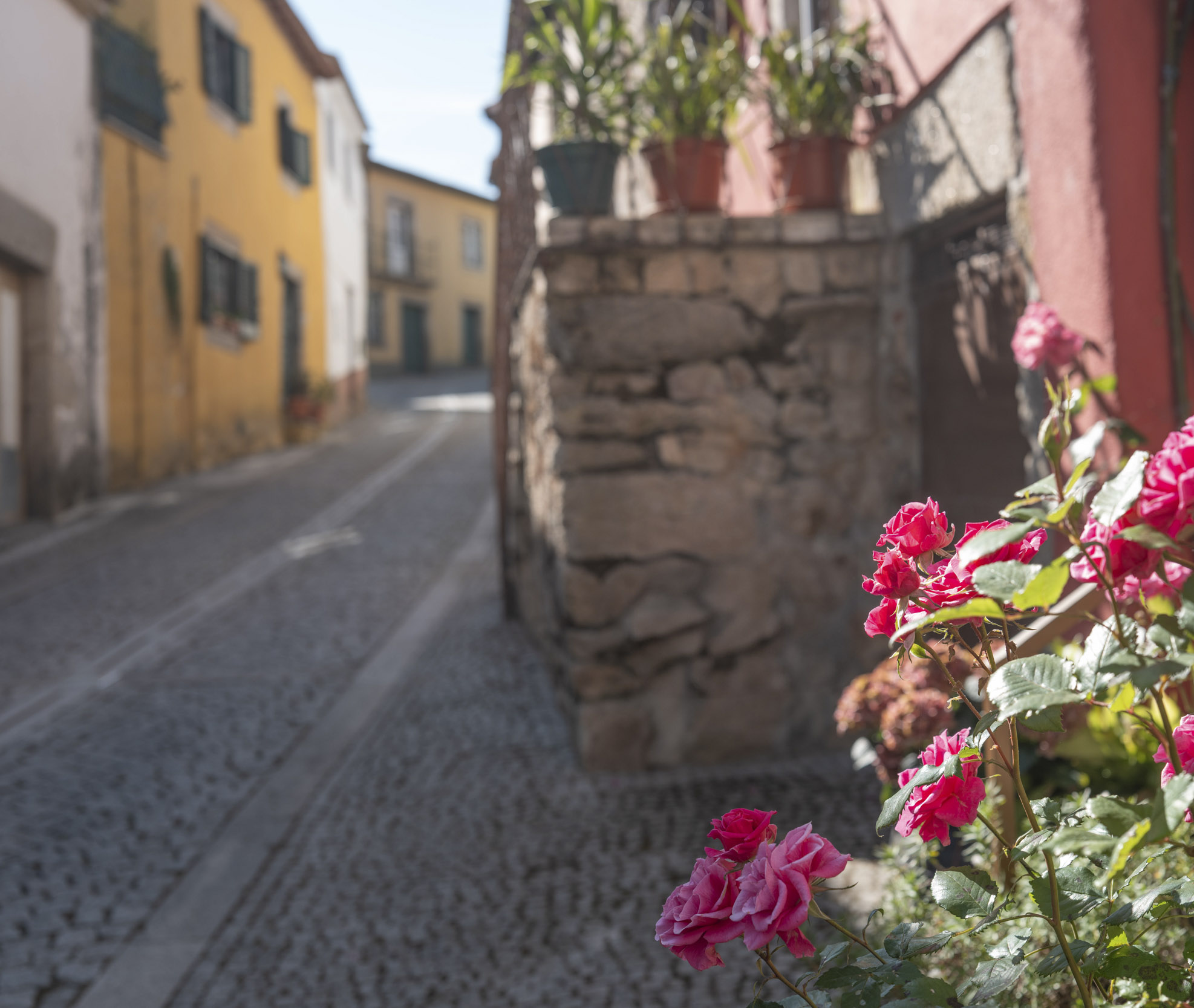
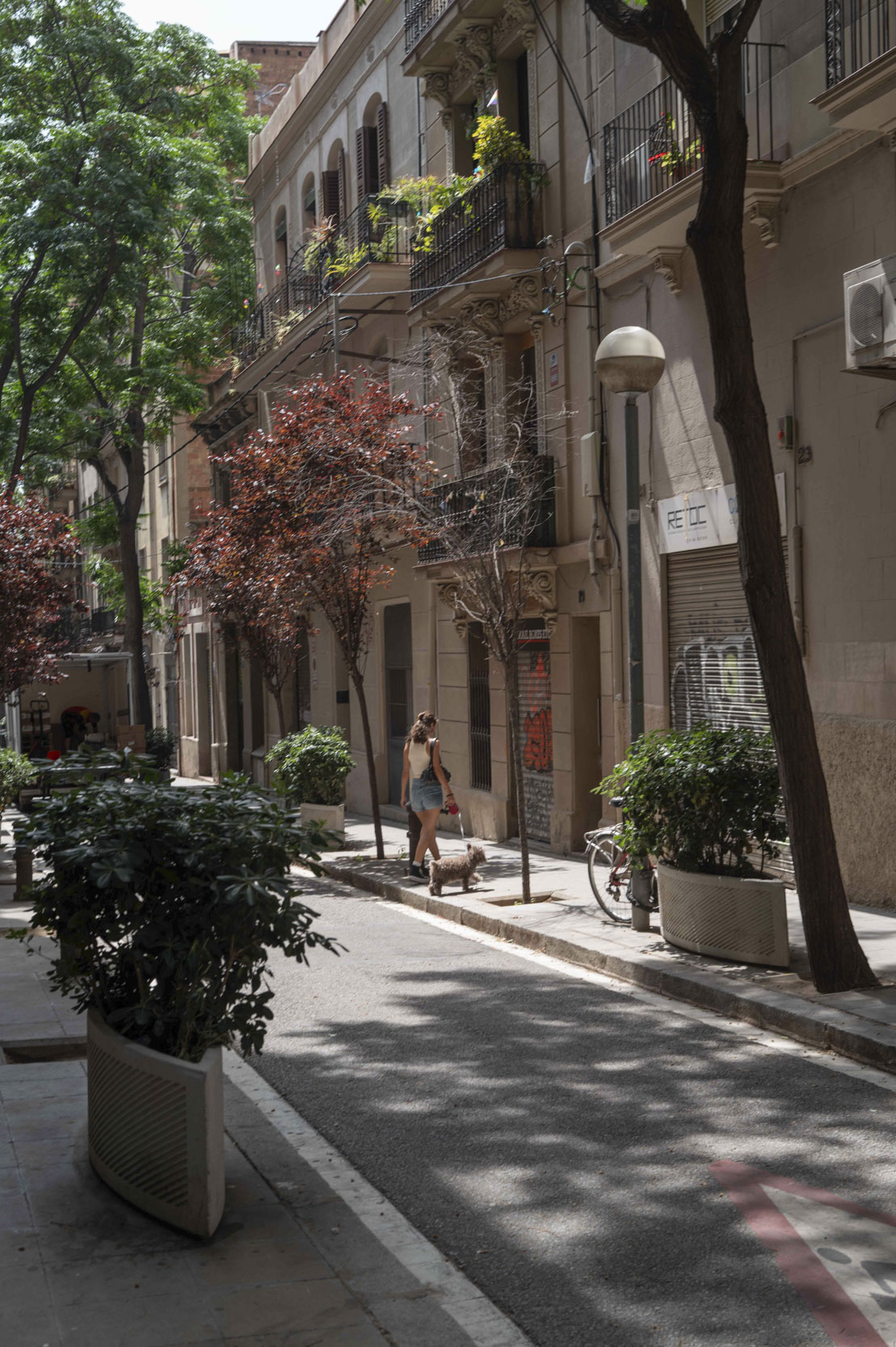
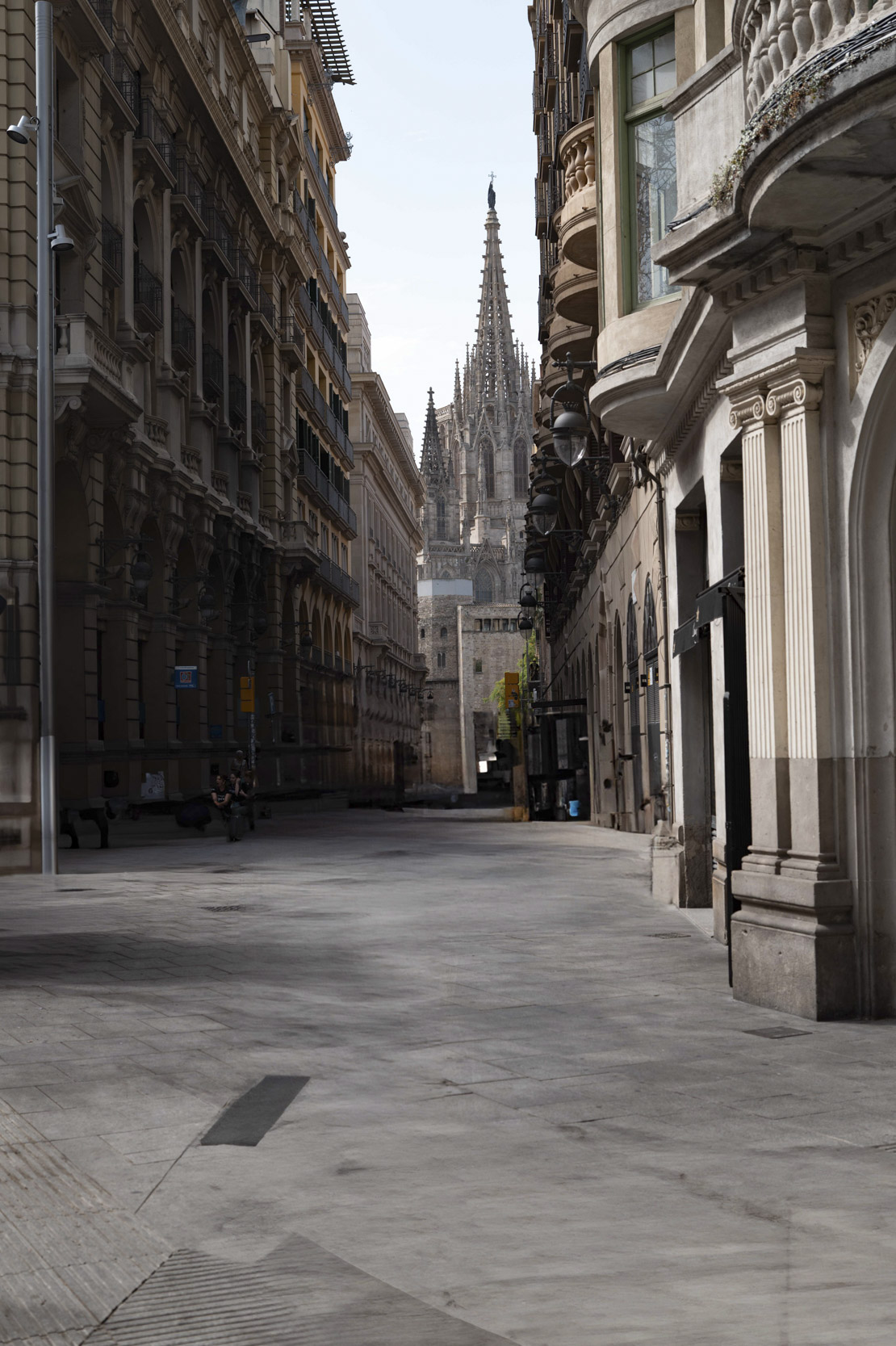
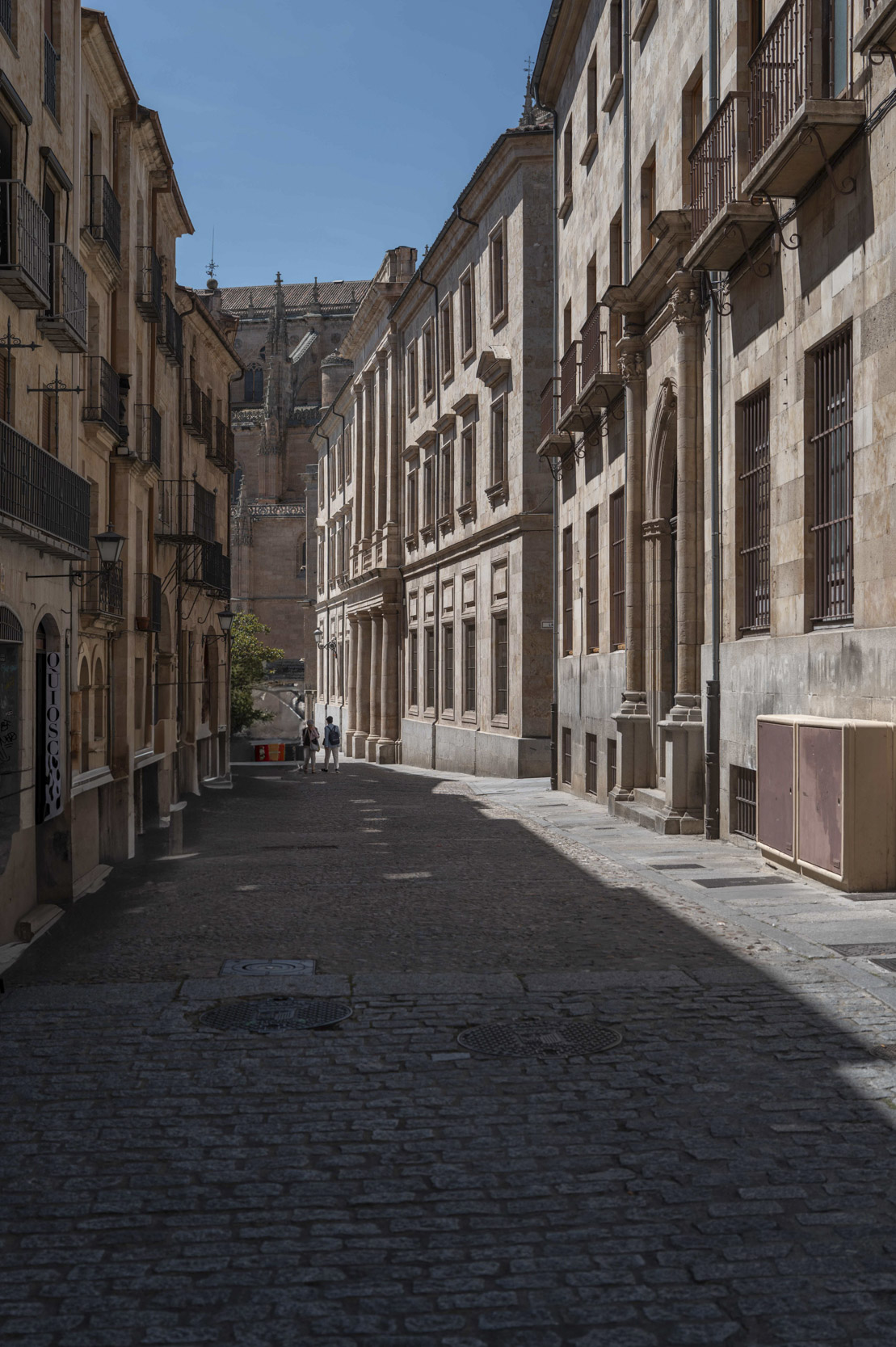
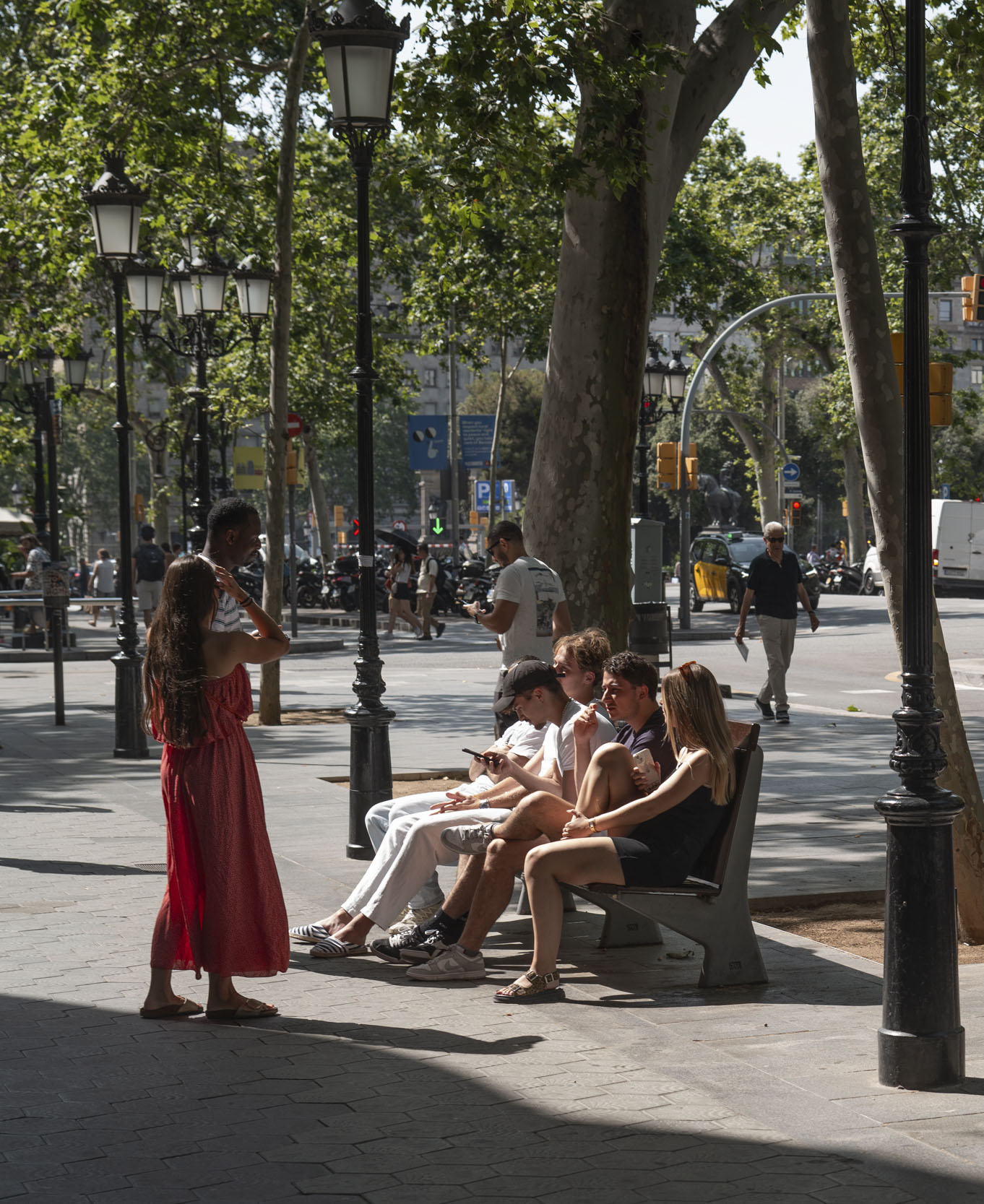
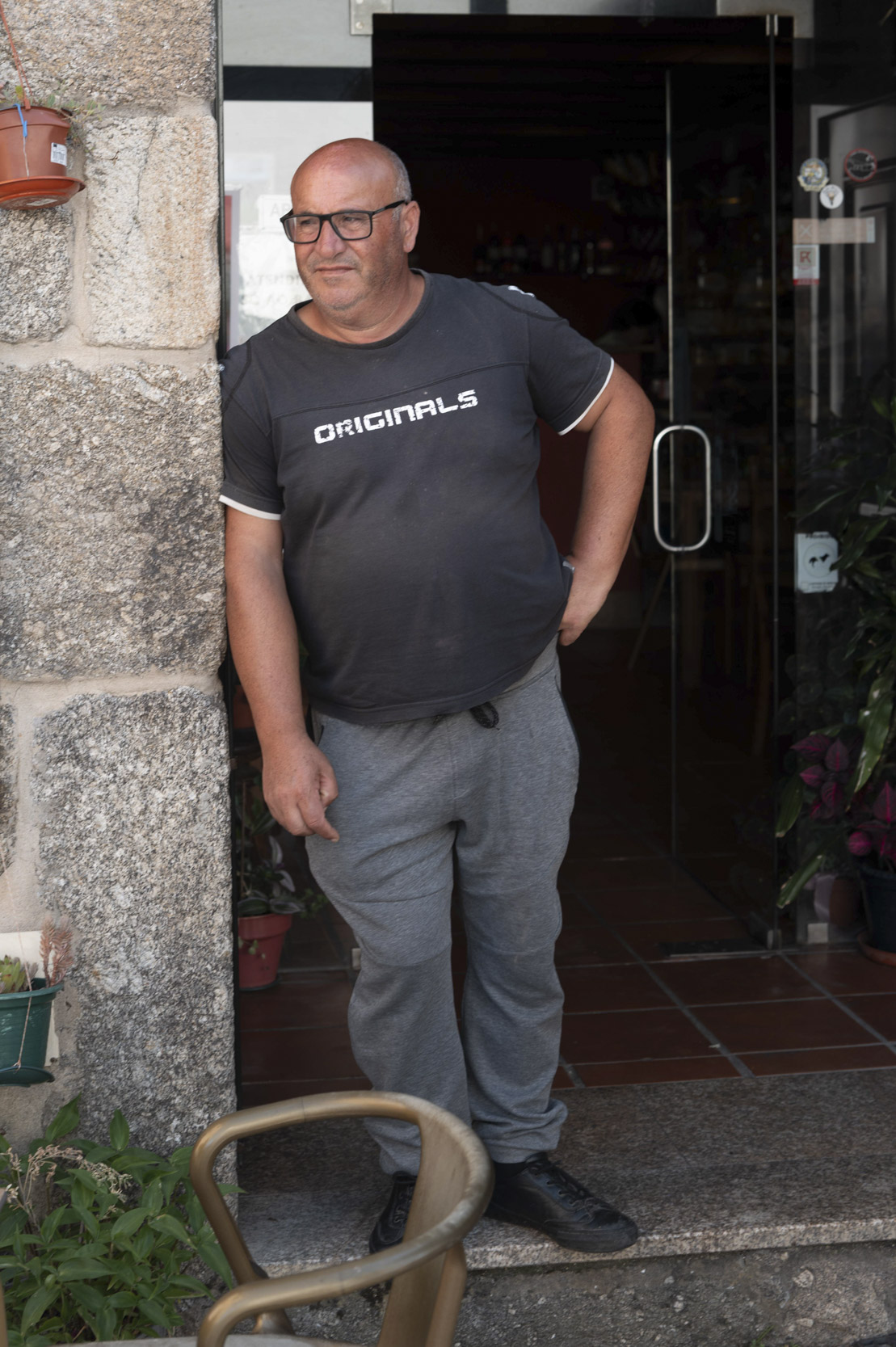

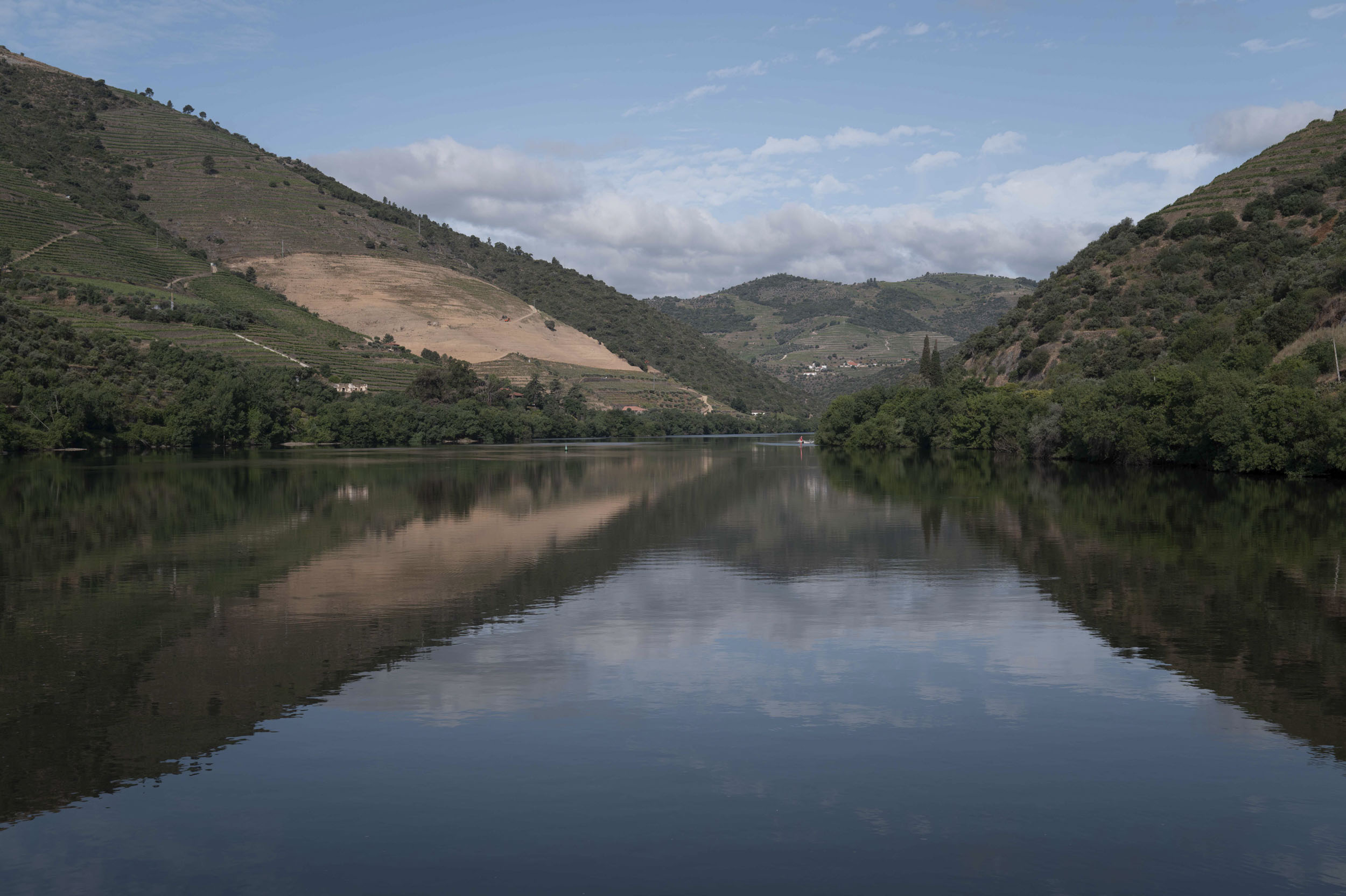
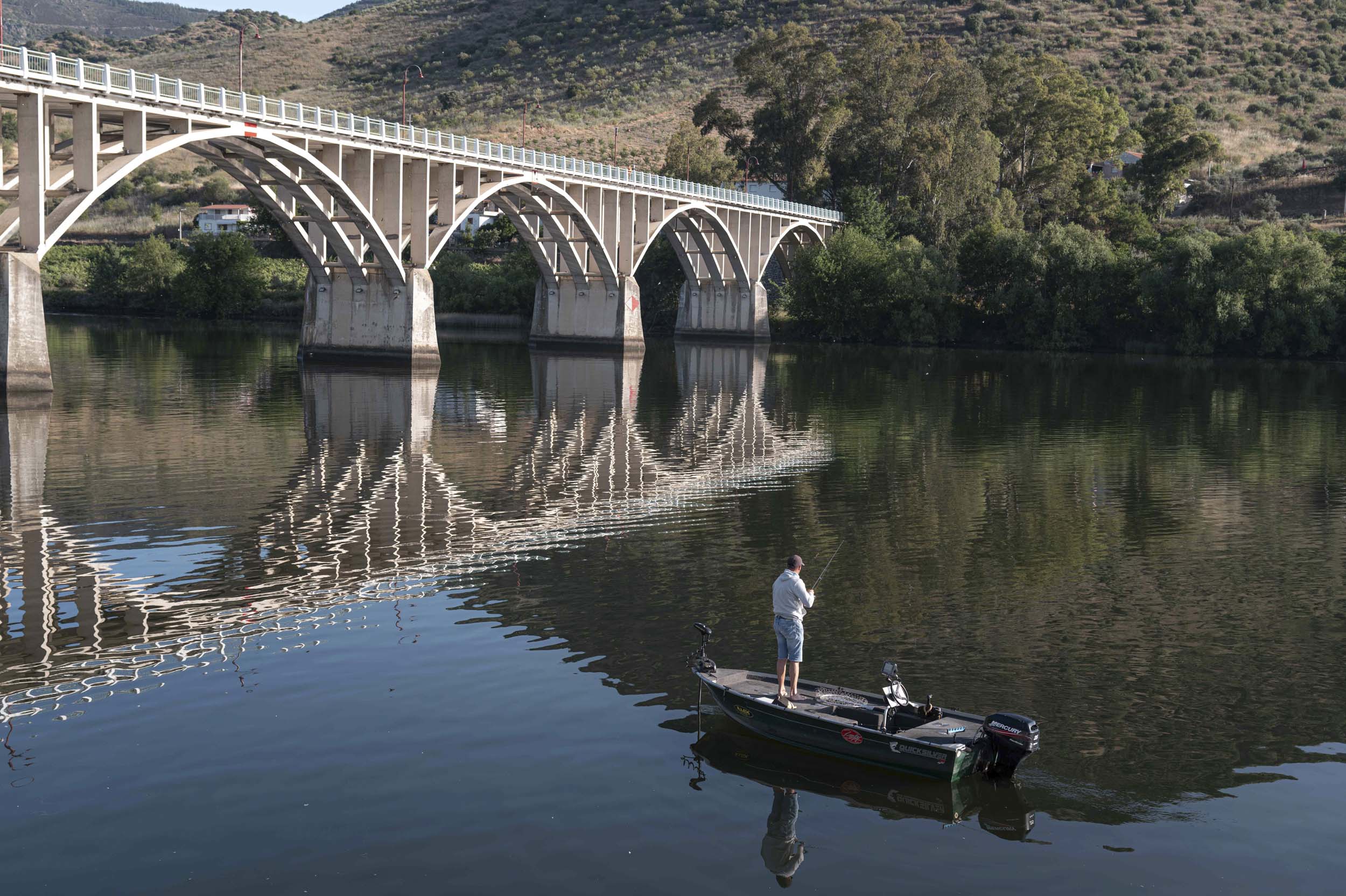
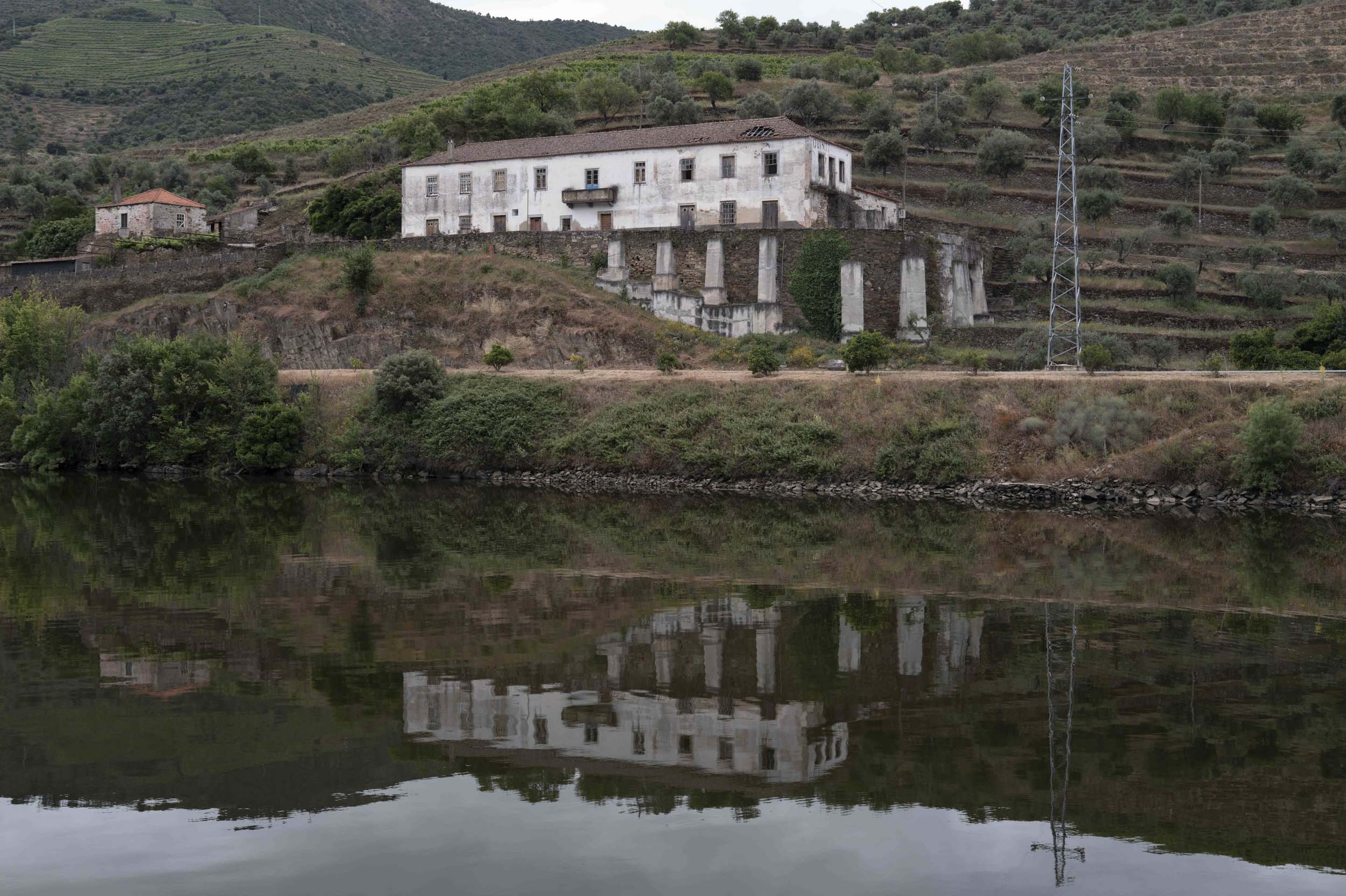
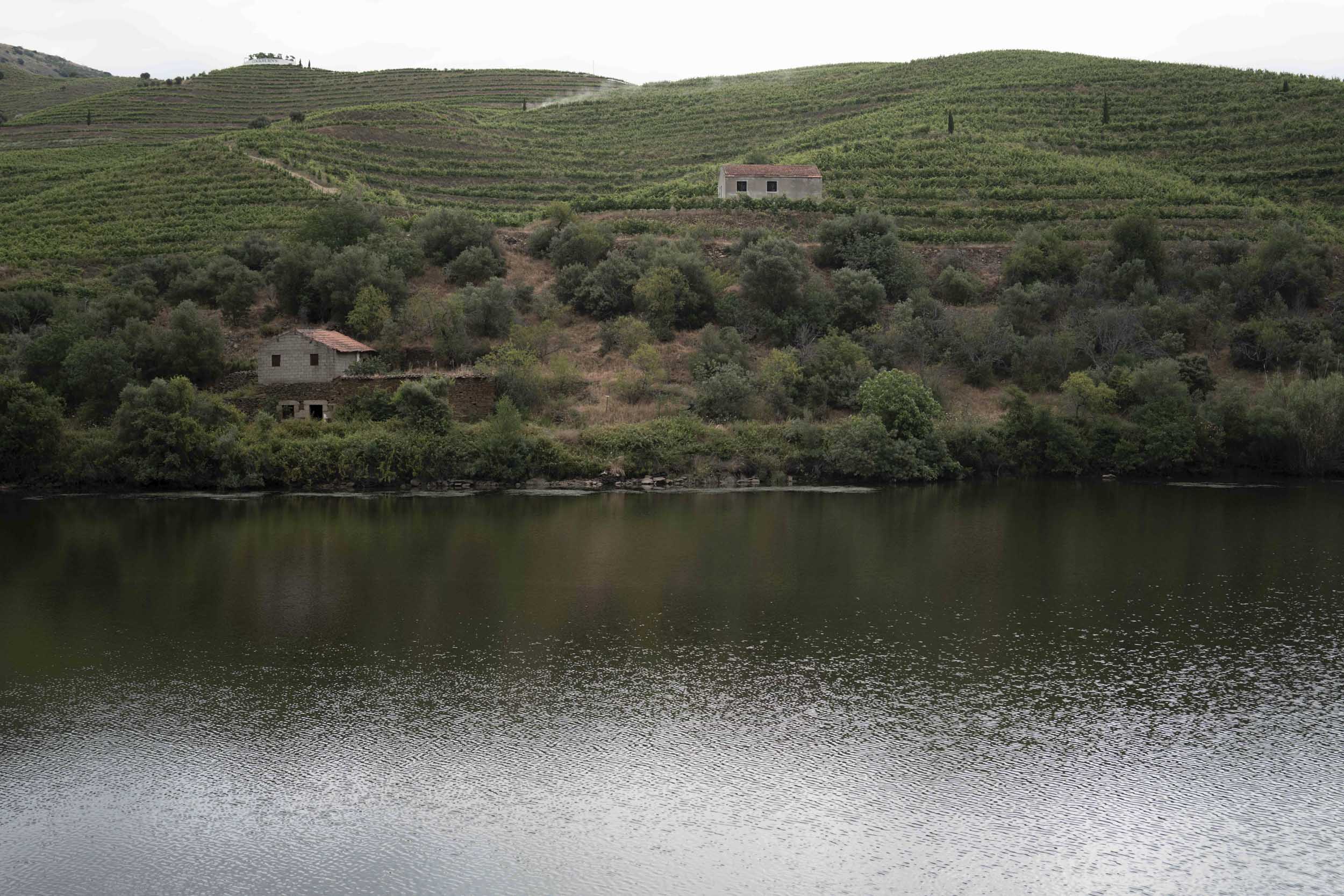
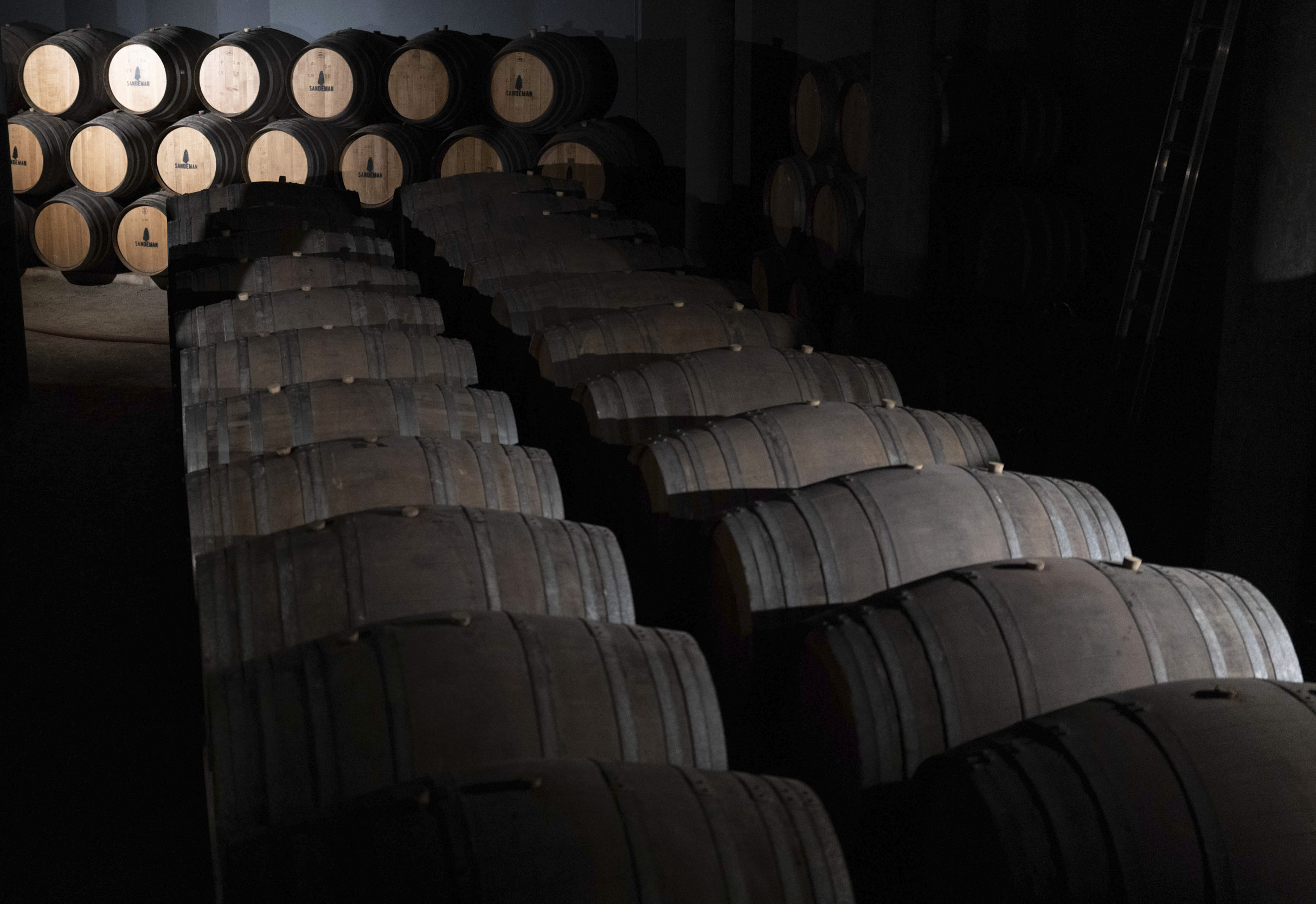
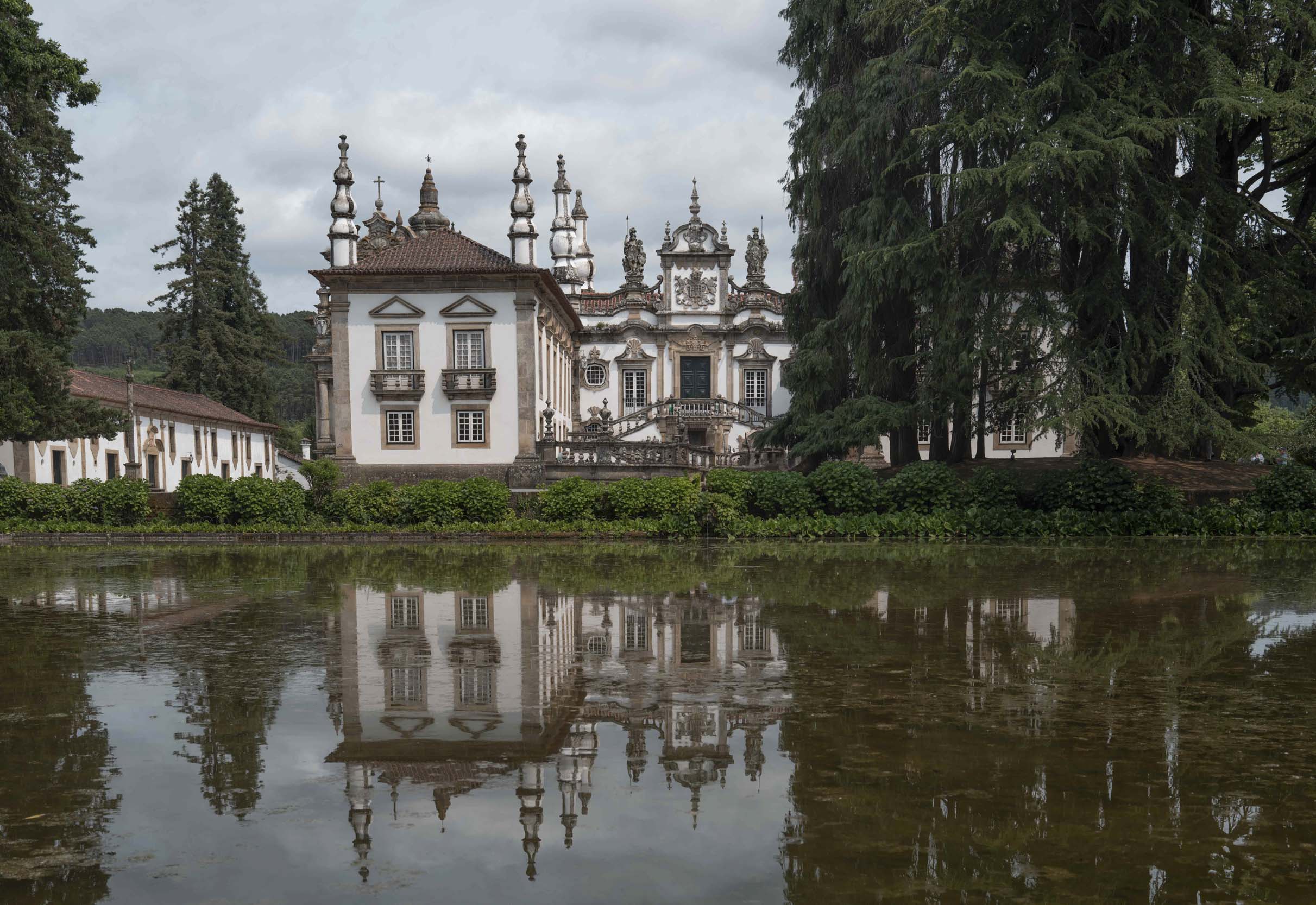
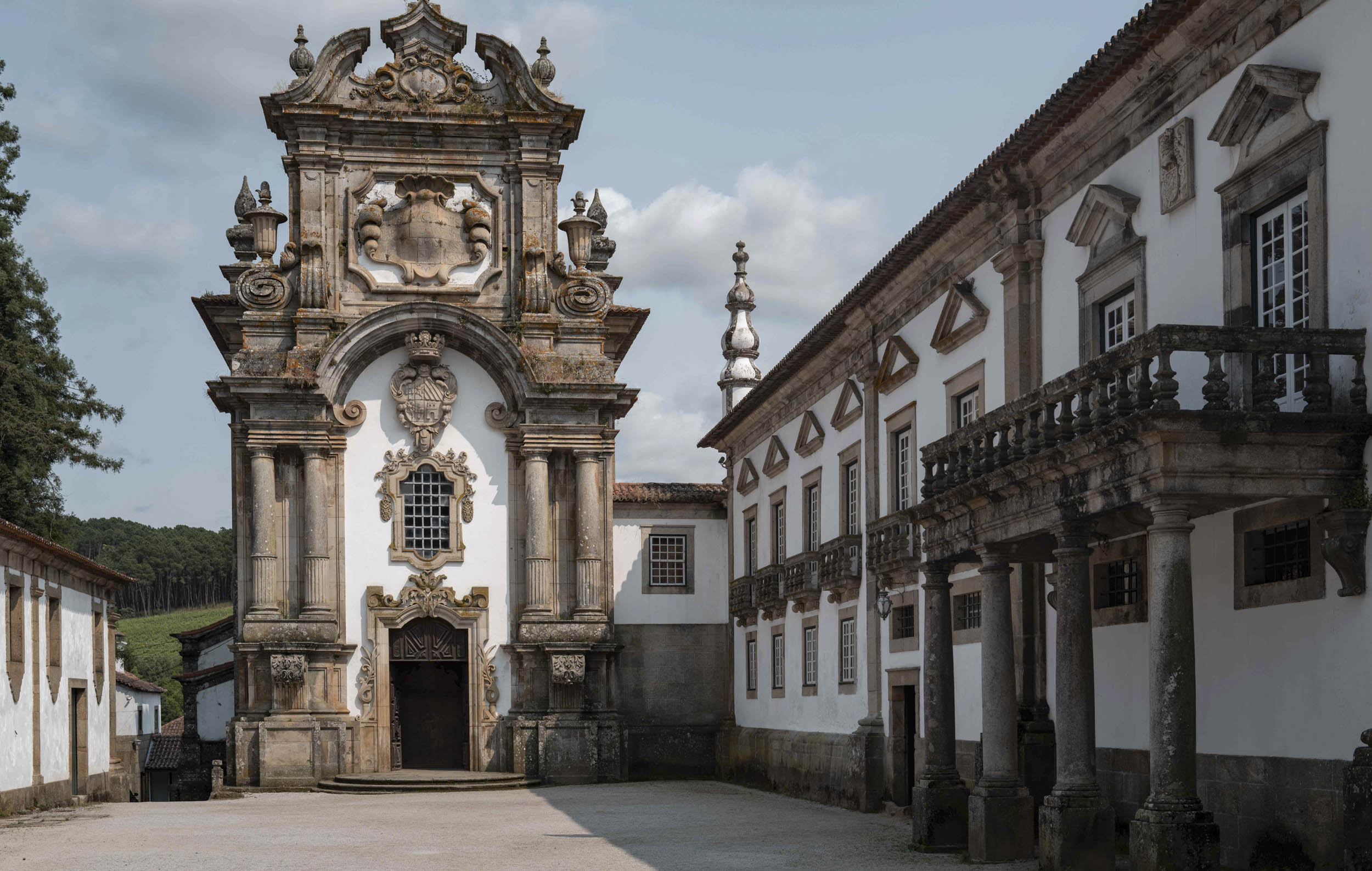
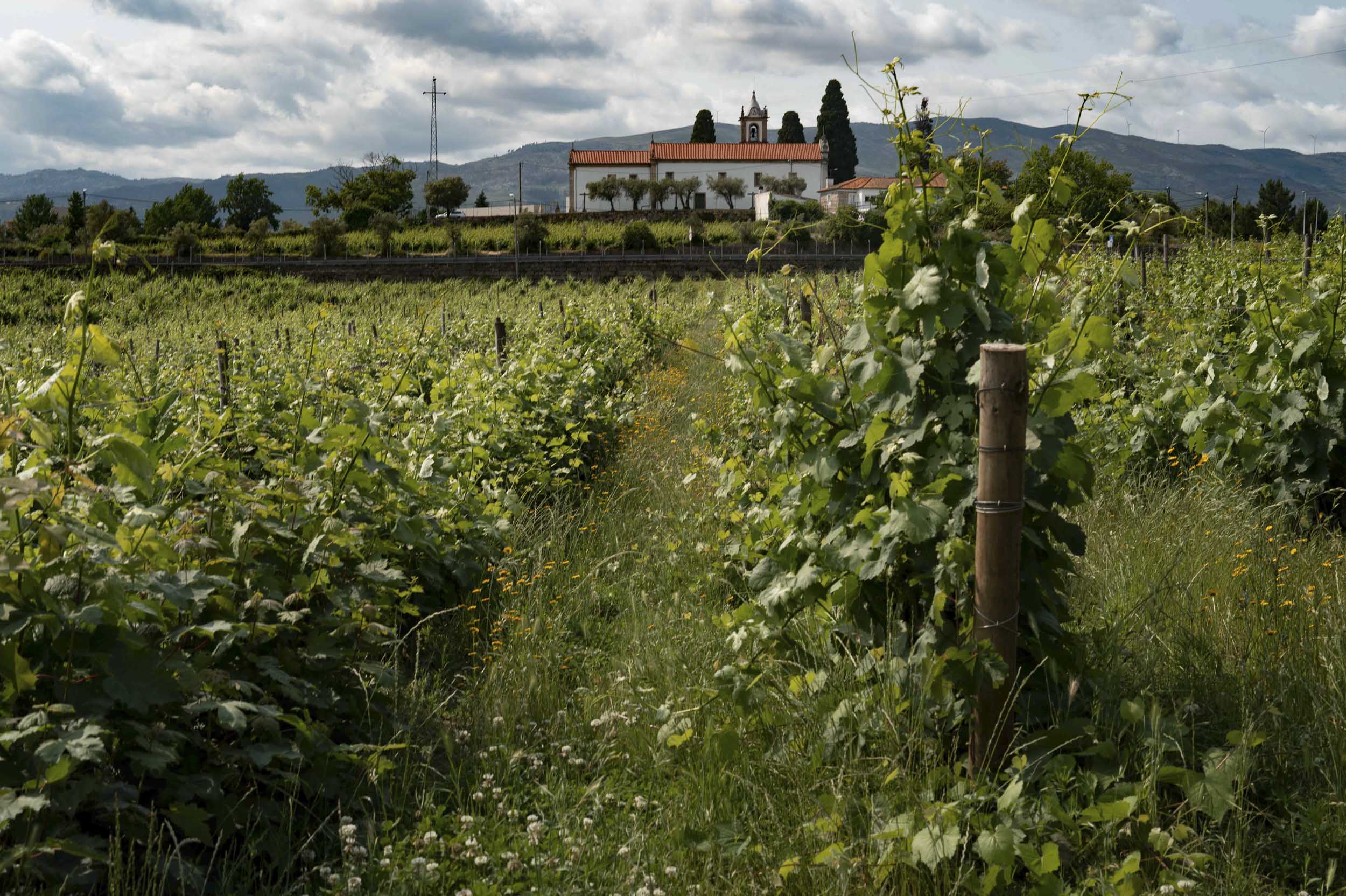
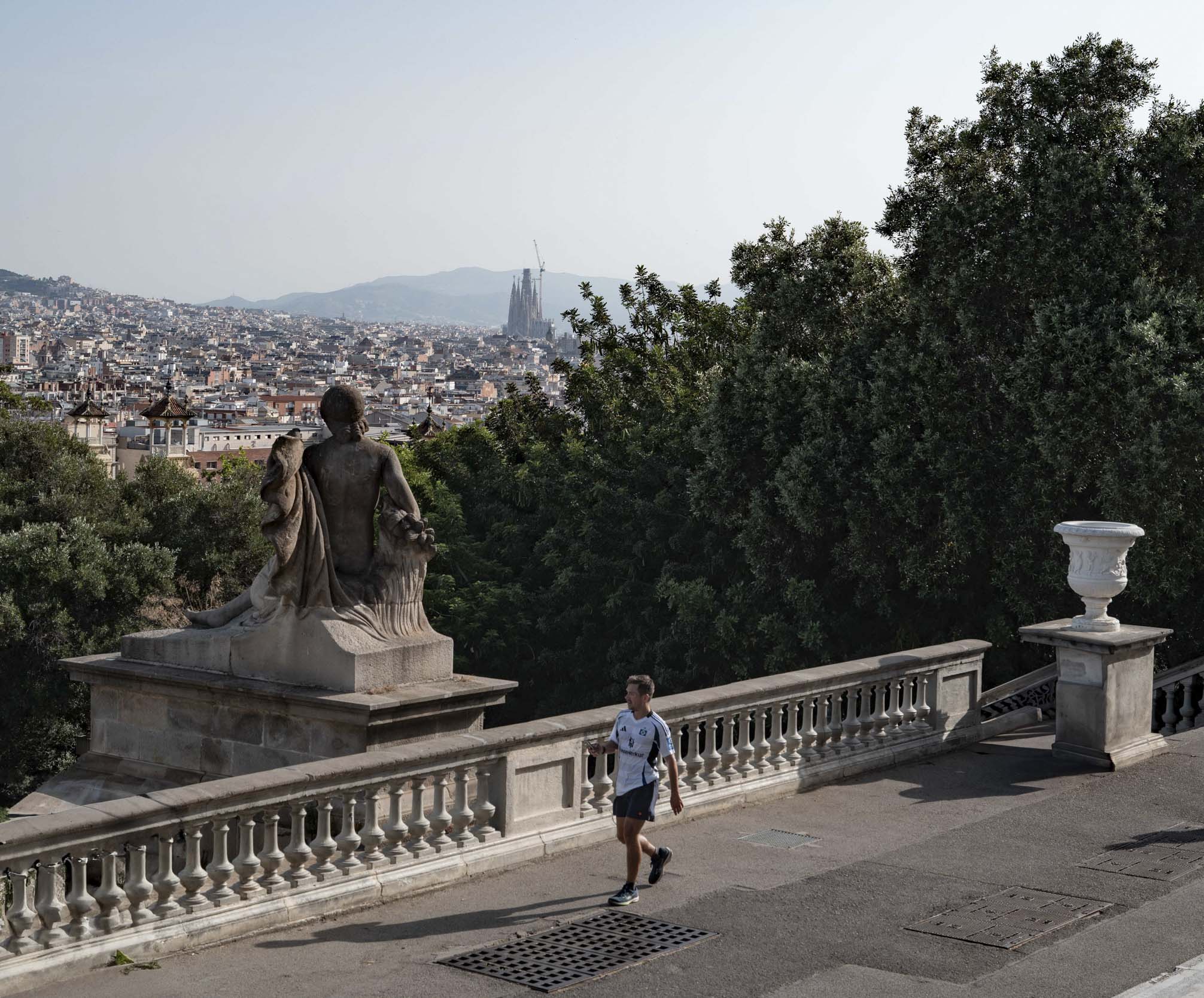
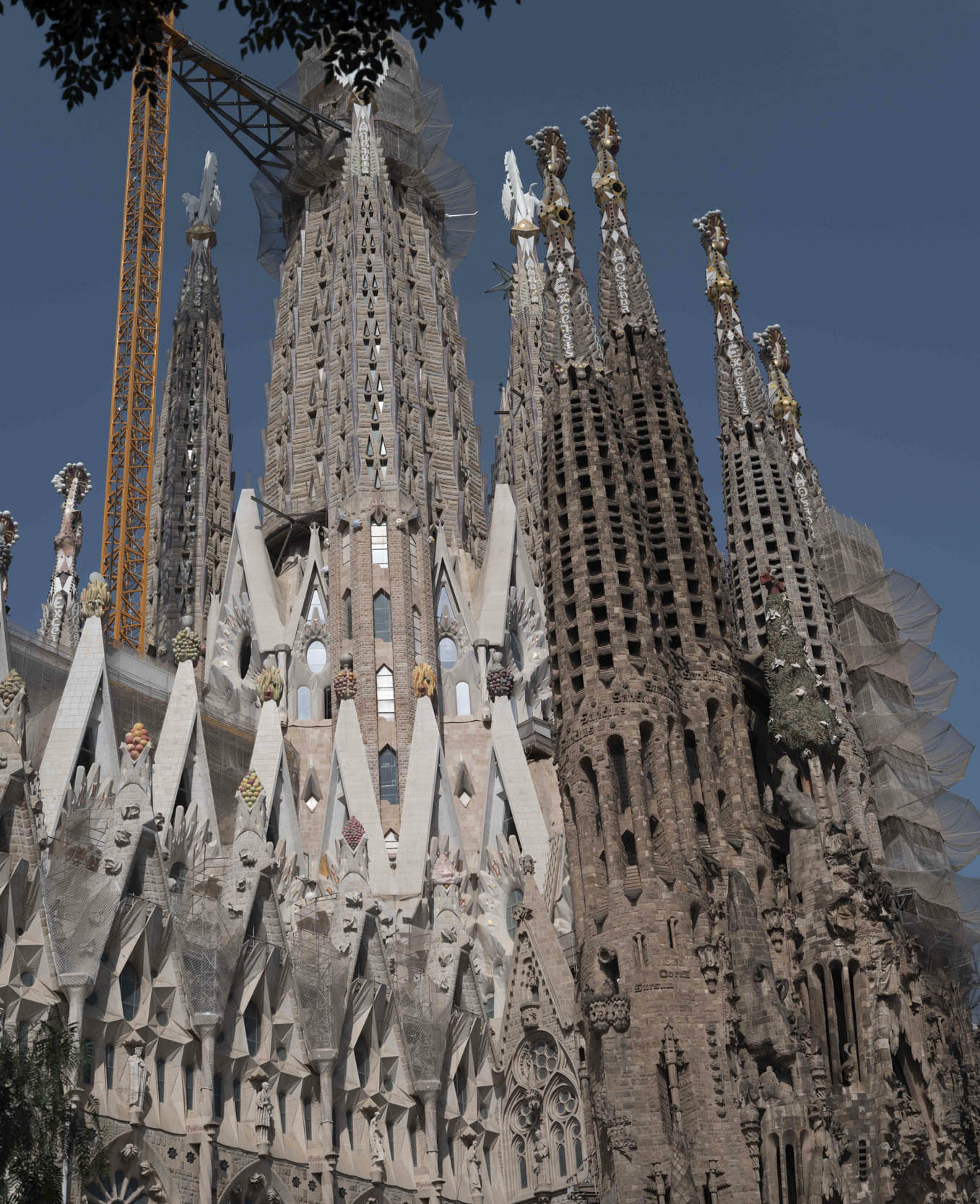
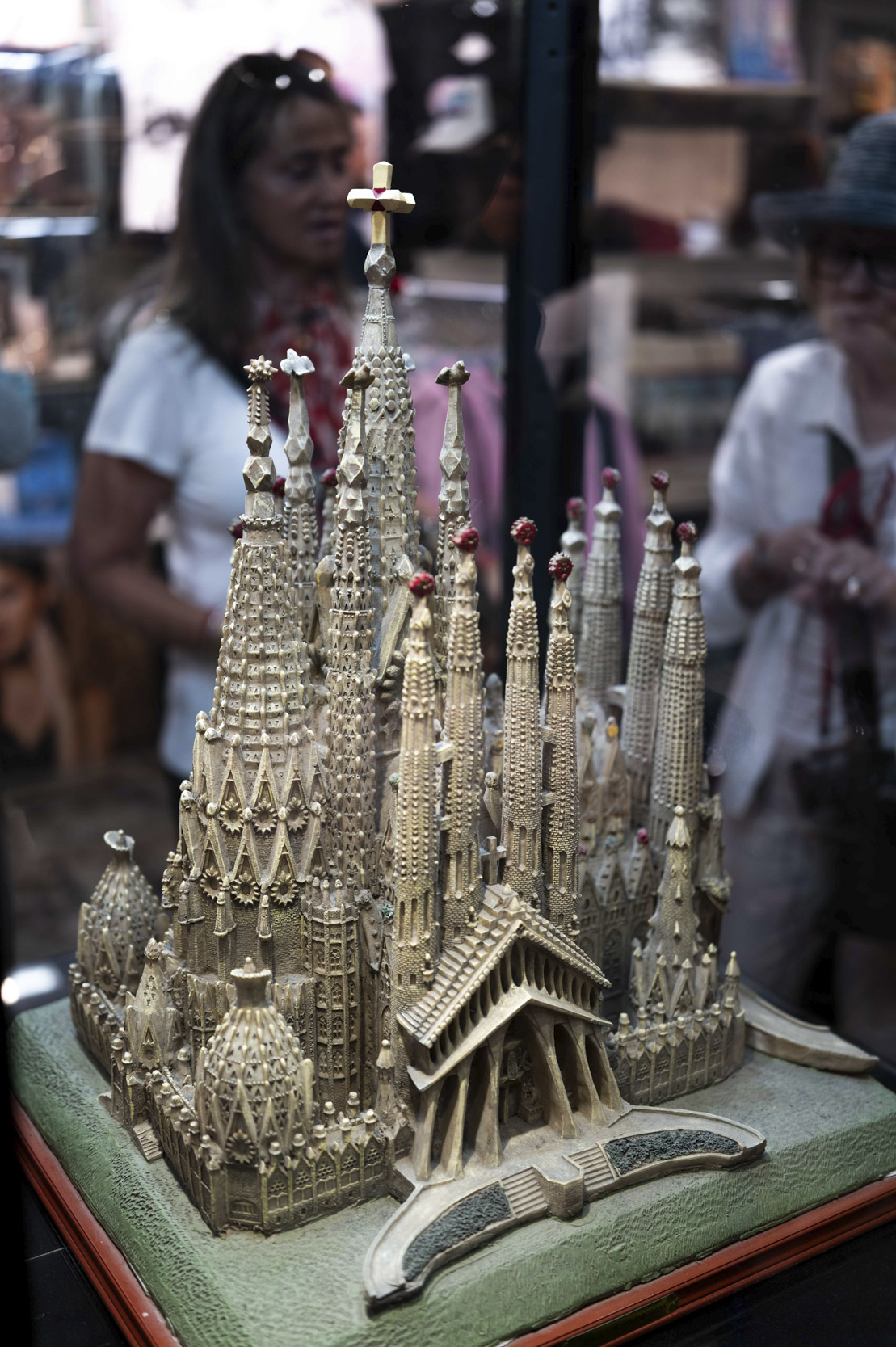
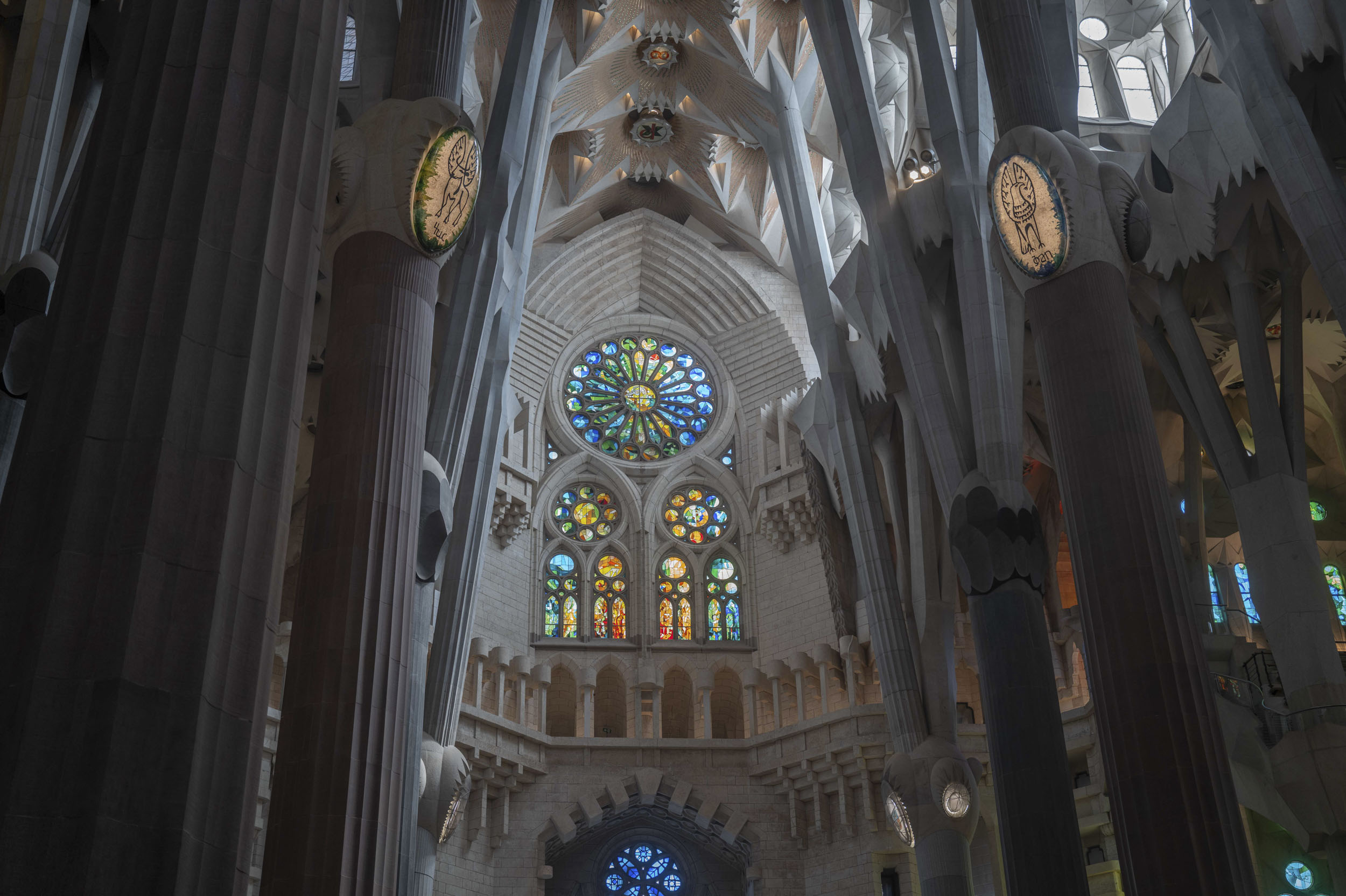
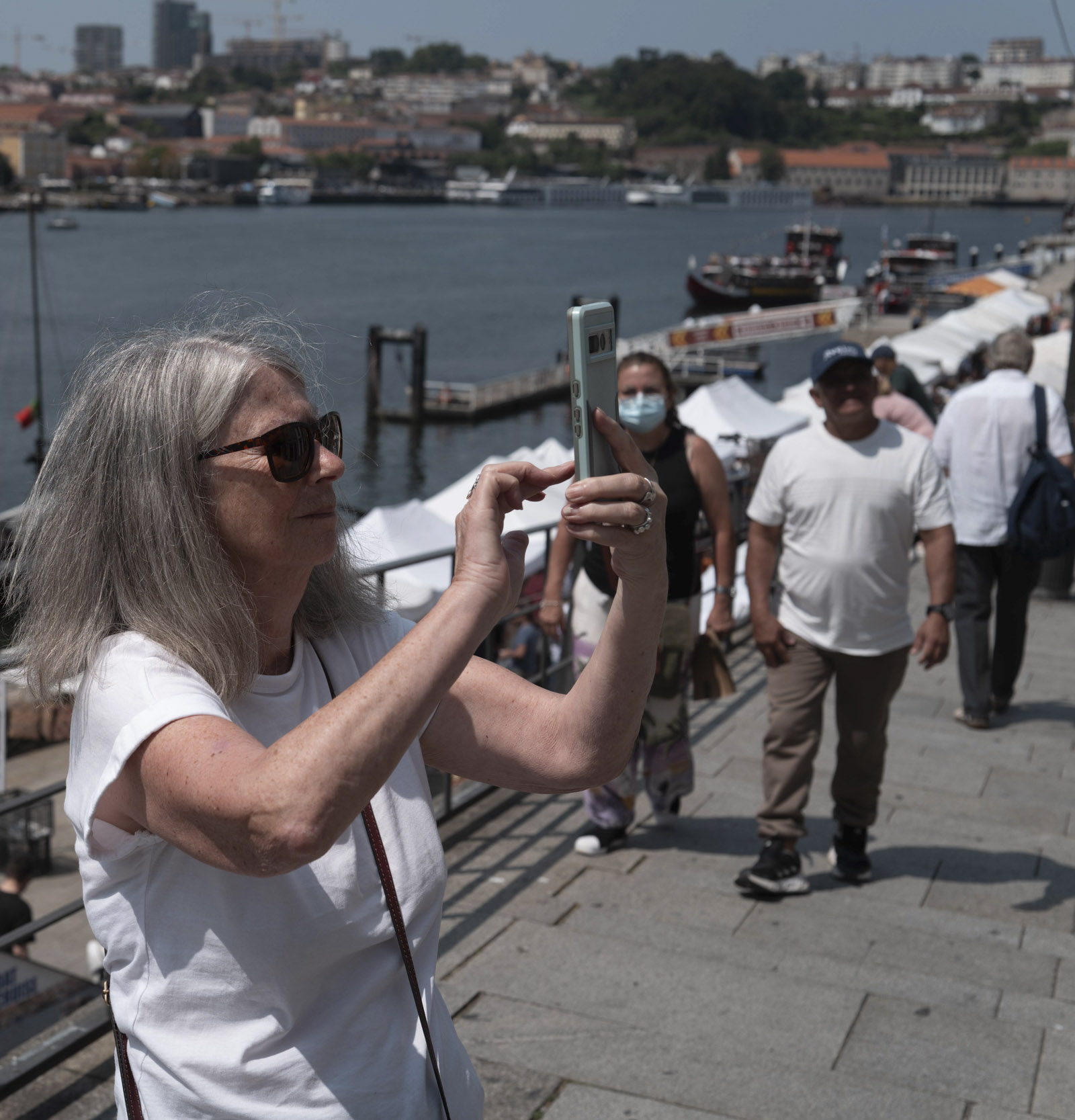
Some nice photos there John. I like the ‘Room with a view’ and the bridge over the Douro. We’ve been thinking of a river cruise in that area and I think you have sealed the deal for us. So, sometime soon we might be following in your footsteps. We also had a wax covered Mateus Rosé lamp back in the day!
Dear Mr. Shingleton
Congratulations for the article and the beautiful, inspiring, photos. Mateus Rosé was a hugely successful marketing idea, targeting the export market. Producing a rosé wine in a country which just produced reds and whites. Putting the wine in bottles which were unlike any bottle used in Portugal. And asking the owners of the Mateus House to use its picture in said bottles. Pure genius. Maybe it is not a bad wine, but we Portuguese, as a rule, do not drink it. Nothing wrong with it, of couse; but it somehow annoys us to see many foreigners thinking it is the quintessential Portuguese wine.
Thanks for your kind comment on the article and the photos.
I agree Mateus Rosé was a brilliant piece on marketing and let’s not forget it was over 40 years ago.
Don’t worry we drank some great Portugese wines on our trip and our enthusiasm for Port has been rekindled although Mateus Rosé stays off the shopping list.
I for one am glad you chose the Q3 43. For example, I really enjoyed the pic of the fisherman in front of the bridge, that latter reflected in the water. It seems to me that even with the Q3, you’d crop to that anyway.
And Ros’ suggestion also a good one, and not just for the excellent river photos. I’ve had to learn new loves shouldn’t wear old shoes. I wonder, though, whether you missed the driving. I gave up driving ove 60 km/hr when I turned 70. I suspect I’d be terrified driving those back roads — unlike our esteemed editor!